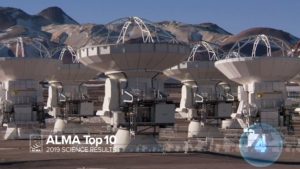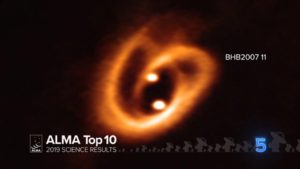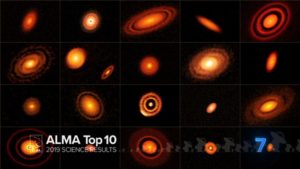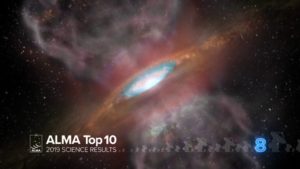Galaxies come in a wide variety of shapes and sizes. Some of the most significant differences among galaxies, however, relate to where and how they form new stars. Compelling research to explain these differences has been elusive, but that is about to change.
A vast, new research project with the Atacama Large Millimeter/submillimeter Array (ALMA), known as PHANGS-ALMA (Physics at High Angular Resolution in Nearby GalaxieS), delves into this question with far greater power and precision than ever before by measuring the demographics and characteristics of a staggering 100,000 individual stellar nurseries spread throughout 74 galaxies.











